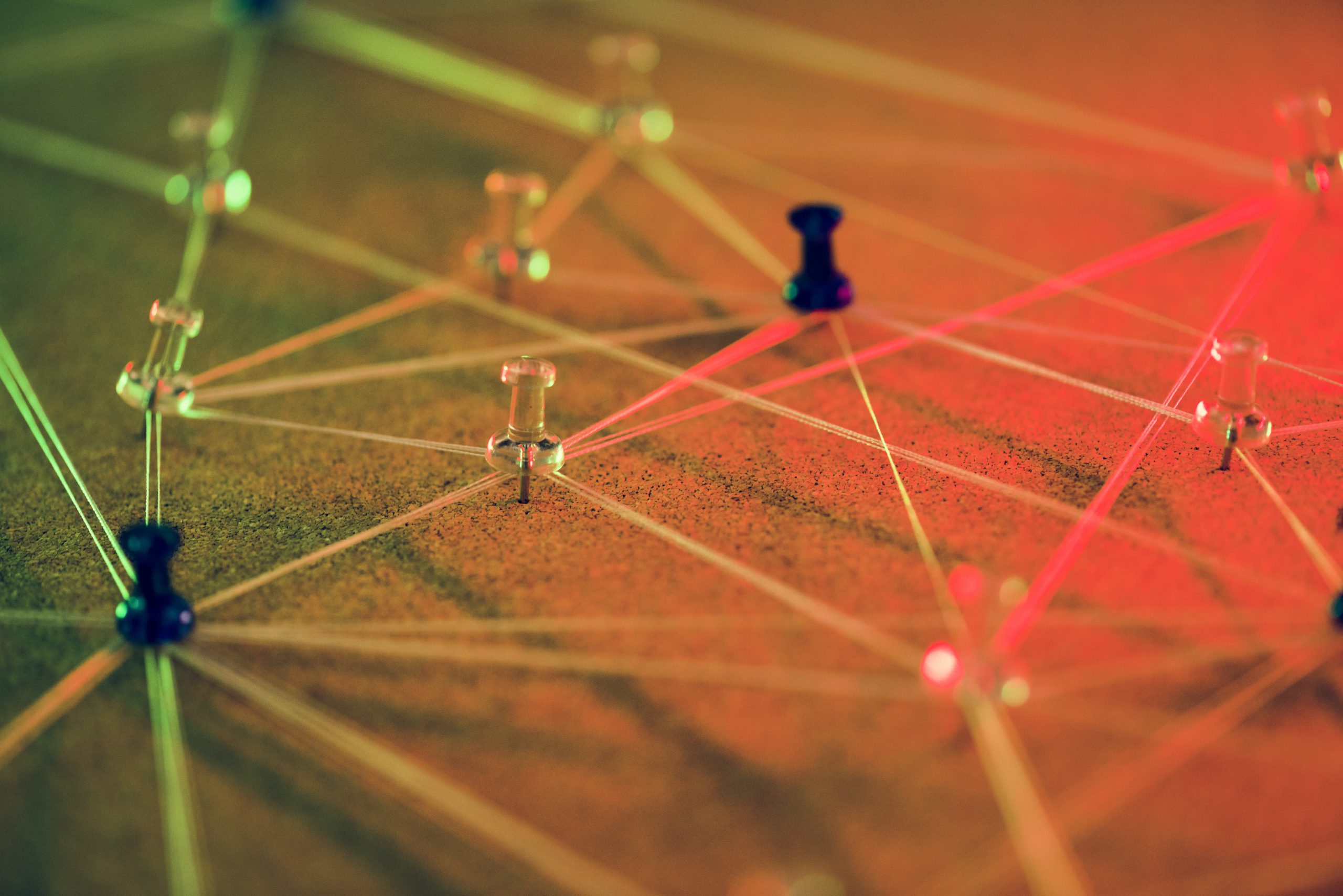In the beginning, the Web was used primarily for sending emails and displaying static web pages. This phase of the Web is generally called Web 1.0. The difference between Web 1.0 and 2.0 represents paradigm shifts in how the Web is used, while the architecture remained relatively the same. Of course, these involve a lot of clever programming and technological leaps, but most are not in the architecture. Instead, programmers and software companies have developed software application layers, e.g., Facebook, Twitter, LinkedIn, Google Buzz, and MySpace.
Many of us have grown up with the Internet and using Web 2.0, the idea of connecting people through the abundance of information and development of social media platforms. For example, Web 2.0 has allowed many more people to create and distribute information as collaboration became easier. This has allowed nearly anyone to have access to more information, whether it be an online course from Harvard University; or collecting a considerable amount of information about visiting a place, anywhere in the world.
Web 2.0 has encouraged users to create and share a tremendous amount of information, data, and content controlled by a small group of tech companies, including Amazon, Apple, Meta (previously known as Facebook), Microsoft, and Google. This control creates significant privacy concerns, especially after Facebook’s 2018 Cambridge Analytica data scandal. Users lose control of their personal, professional, and financial data once they accept the terms and conditions to use platforms offered through these large tech companies. The privacy concerns are real, mainly since big data (or all data collected) is not limited to what a user enters but can also include location, frequently visited areas, and calories burned while running. What is alarming is Big data is leading the way for the future using algorithm developments to improve their artificial intelligence. This data is then sorted and sold to marketing companies to present relevant ads to the end-user, typically without their knowledge; a complete loss of choice. This gives a third party a tremendous amount of information about you and your habits. This can reveal psychological facts about you, sometimes even things you are unaware of. Furthermore, you are not disclosing this to a person such as a medical professional who must act in your best interest. These companies have a well-established centralization of data and a head start on any upcoming business.

Another issue with Web 2.0 that has become more prevalent is censorship. In 2010, OpenNet Initiative documented internet filtering in over forty nations. These countries filtered political, social, and security areas; More recently, many social media sites have enforced more stringent policies for which types of content and posts will be accepted on their platforms. For example, in 2010, China denied access to 1.3 million websites. This limitation is a substantial problem for the Internet today, especially since websites can be blocked by blocking the Internet Protocol IP address of the servers of these websites. From my perspective, this type of censorship is detrimental to the global community.
Web 1.0 and 2.0 share another commonality: the cost of centralized data. A centralized web presents opportunities for hackers to attack a single entity and gather information on thousands of other entities. For example, in August 2020, a threat actor claimed to be a representative for one of Experian’s clients convinced a staff member of the Experian South African office to relinquish sensitive internal data. According to the South African Banking Risk Information Center, this threat impacted 24 million customers, and information compromised ranged from addresses, phone numbers, and places of work. On October 24, 2021, Experian became aware of a dark web post on a criminal forum containing some of the data from this breach. Other bad actors who wish to destroy or corrupt data typically only require a single site. In a decentralized system, such as blockchain, these types of centralized data banks would not exist, and breaches of this kind would not be possible.
Web 2.0 has multiple faults, but we have come a long way, and it has provided many opportunities. The idea of a decentralized web allows people more control over their digital assets. An example of a decentralized network is blockchain, which is the driving idea behind, Bitcoin, Ethereum, and Neo. Tim Berners-Lee has been working on a decentralized network since 2006 using various technologies.
Web 3.0 is being built on blockchain technology. Blockchain is an electronic digital system that records transactions, etc. These transactions are maintained and stored across several computers (nodes) linked in a peer-to-peer (P2P) network, cutting out the need for central control. As a result, transaction processing and authentication are much quicker and more secure because each computer node must verify that the request is from an authentic source. This process produces a digital signature with the message request and the private key of the requester on the network.
This type of network is not easily altered without alerting the entire network, making this linked-chain system exceptionally secure with no single point of failure. For example, if a hacker wanted to add an illegal transaction to a block, they would need to acquire 51% of the network’s computing power and compete with the network to add a corrupted block. In theory, this could happen, but it is nearly impossible in reality.
This blockchain technology application has already started to be implemented. For example, blockchain has become major technology behind non-fungible tokens (NFTs); Ethereum and Bitcoin for cryptocurrencies; Ethereum and Truebit for scalable computation. Additional applications include external data, file storage, gaming, and many more applications still under development and experimentation.
Even with these new applications, there is a lot more development that must be done before the state of the Web is fully decentralized. However, when these problems are overcome, the third version of the Internet will have more transparency and accessibility for everyone.
